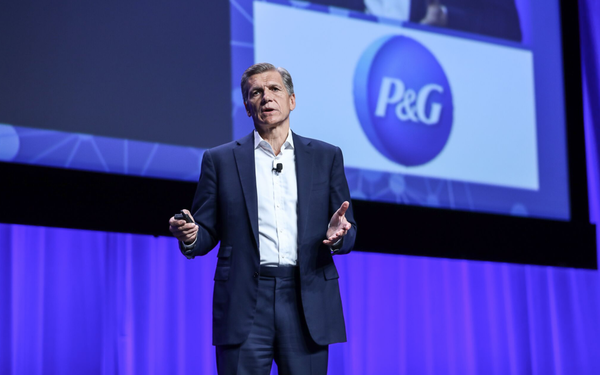
PROCTER & GAMBLE IS LOOKING TO ADD MORE DIRECT-TO-CONSUMER BRANDS TO ITS ROSTER
Via Digiday
Big brand holding companies have been challenged by the growing popularity of direct-to-consumer brands in recent years.
Now, three years after Unilever’s milestone acquisition of Dollar Shave Club for $1 billion, P&G is quietly betting on increasing its DTC portfolio, through acquisitions as well as growing them in-house and through its innovation incubator.
P&G is looking to buy small, niche products with the potential to scale while maintaining the organic appeal that these smaller brands have, according to a source familiar with the company’s strategy. The company is also looking to bring in and build out these brands without making it too obvious that they are P&G brands at a time when big brands are less appealing for consumers. Representatives for P&G did not respond to requests for comment by press time.
“E-commerce and direct-to-consumer are growing,” P&G chief brand officer Marc Pritchard told Business Insider in January at Davos. “We think the small can help the big get faster, and the big can help the small grow faster.”
Acquiring DTC brands has helped P&G grow its business in new areas, learn new ways to market like performance marketing and to retool its brand teams structure to mirror startups, Pritchard told BI. The company uses the Signal Accelerator program it started in 2012, which gives it access to 275,000 startups, as a resource. Making that change to its brand teams has allowed P&G to move more quickly to solve consumer problems as well as experiment with design.
The strategy P&G is taking, according to the source, falls in line with what P&G has already been doing in the space with acquisitions. In February, P&G acquired feminine-care brand This is L for reportedly $100 million. In December 2018, it acquired Tristan Walker’s Walker & Company, scooping up hair-care and grooming brands Bevel and Form for an undisclosed amount. This past July, P&G picked up First Aid Beauty for a reported $250 million price tag, and in February 2018, it acquired skin-care brand Snowberry New Zealand. P&G, back in 2017, even added a natural deodorant brand, Native Cos, to its brand roster. If you visit any of those brands’ websites there is no obvious P&G branding to make their ownership known.
As for its in-house brand creation, most recently, in March, P&G announced that the lifestyle brand Home Made Simple would no longer be a just television program, but it would release a new plant-based product line of cleaners. Before that, it revealed a partnership with venture firm M13 to find, fund and launch DTC consumer businesses. And curiously, last June, P&G used an Indiegogo campaign — it raised $18,38 — to fund an environmentally friendly cleaning brand, DS3.
Having more of a hand in the DTC landscape is crucial for P&G. “They’ve always dominated the traditional sales channels, but the world is moving to online. And if they don’t have their own way to directly connect with consumers, they’re going to be playing at disadvantage,” said brand consultant and Metaforce co-founder Allen Adamson.
In 2009, 39% of online consumers were willing to try out new brands and products; today, that number has increased significantly to 56%, per Forrester data. “We’ve reached this tipping point,” said Anjali Lai, senior analyst at Forrester. “Consumers are desperate for something new.”
“Big brands are strained to show their innovation effort and to convey to consumers that they are doing things differently,” said Lai. “That embrace of change goes a long way.”
The push into the DTC space for P&G involves a few facets. For one, DTC brands control their customer data, something that P&G’s wholesale heritage simply didn’t allow. DTC brands also tend to be associated with certain “values” at a time that brand purpose becomes more important as a marketing strategy.
“The biggest change that we’re seeing with the DTC disruptors is that they have established a close relationship with their consumers and particularly a dialogue,” said Lai.
P&G is already borrowing the DTC marketing playbook, using influencers, PR and social, as well as a more data-centric approach to marketing for brands like Olay and SK-II. It is also focusing less on brand awareness campaigns and more on driving sales for Olay and SK-II brands, taking a performance marketing approach that has been popular with DTC brands.
“They’re late to the party, but it’s mission-critical,” said Adamson. “They have to buy a lot of small things to get enough scale here to make a difference in their overall performance.”